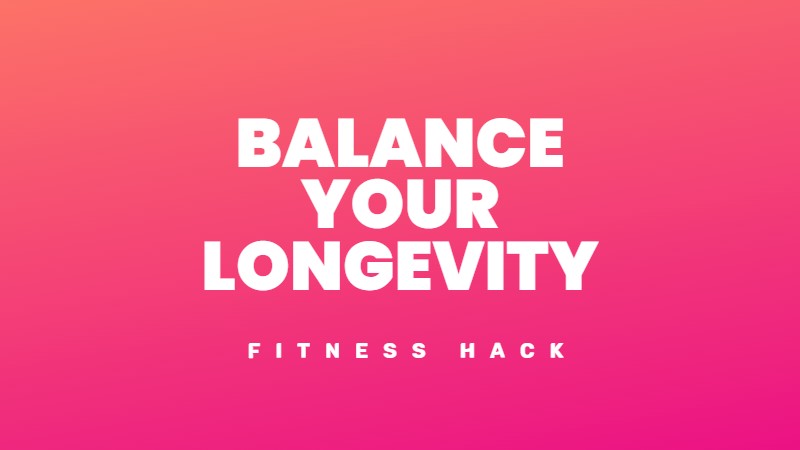I used to view thinking as a passive activity happening in the background while I was busy doing “real” work. I’d sit at my desk, convinced that more effort would lead to better ideas. But my best insights always came when I stepped away from my desk. In the shower, walking or reading something unrelated to my work.
It wasn’t just about taking breaks but giving myself the space and solitude to let my mind wander freely. True breakthroughs require more than just discipline and effort. They demand periods of isolated reflection where the mind can play, explore, and find new connections.
El poder de la soledad
It’s easy to get lost while juggling work projects, family commitments, putting out fires and racing from one task to the next. Life is a whirlwind, and your big-picture vision quickly gets lost in the daily grind.
Mientras que la mayoría de los ejecutivos se enorgullecen de su disponibilidad constante, Bill Gates adoptó un enfoque diferente. Dos veces al año, se retiraba a su cabaña en el bosque durante una semana en aislamiento para alimentar la innovación.
En esta quietud, Gates encontró la claridad. Al desconectar de las exigencias diarias, por fin podía pensar en profundidad sin distracciones. Dando periódicamente un paso atrás, demostró lo valioso que es desconectar y dejar espacio para la concentración ininterrumpida.
El Día del Pensamiento
Aunque pocos de nosotros podemos hacer una ermita de alta tecnología durante una semana dos veces al año, todos podemos encontrar espacios de soledad.
Inspired by Bill Gates, “Think Day” is a more practical monthly version of the “Think Week” any of us can use. For a day or a few hours each month, you withdraw from day-to-day demands to zoom out, reflect and unleash your imagination. No fancy tools are needed. Just bring a notebook, pen and an open mind.
Beneficios de un día de reflexión
Cómo hacer un Think Day
The goal of a Think Day isn’t to come away with a bold master plan or a to-do list a mile long. It’s about creating the conditions for those unexpected “Aha!” moments and insights to emerge organically. It’s about allowing yourself to slow down, get curious, and see where your mind takes you.
Preguntas y ejercicios sugerentes para un Día de reflexión
Bloquea un día o unas horas en tu calendario cada mes, coge un cuaderno y busca un espacio aislado. Apaga los dispositivos, abre la mente y reflexiona sobre preguntas como
Reflexión
Visión
- Describe detalladamente tu día ideal, desde la mañana hasta la noche. ¿Qué actividades, personas y entornos están presentes?
- Write a “good news” article about yourself achieving a major goal. Describe how it happened and how it feels.
- Imagina la celebración de tu 100 cumpleaños. ¿Cómo te gustaría que fuera la historia de tu vida? ¿Qué legado te gustaría dejar?
- ¿Qué aventura emprenderías si el tiempo y el dinero no fueran un problema?
Creatividad
Acción
- Make a “stop doing” list of activities, commitments or thought patterns that drain your energy.
- Identifica a tres personas que puedan ayudarte con los retos actuales. Acércate para pedir consejo o apoyo.
- Bloquea en tu calendario un tiempo no negociable para las prioridades clave o el trabajo en profundidad.
La clave es equilibrar la introspección con el impulso hacia delante. Alterna la exploración abierta con la planificación centrada. Da un paso atrás para ganar perspectiva, y luego acércate para comprometerte con los siguientes pasos. Capta las ideas para revisarlas y desarrollarlas después del retiro. Con preparación y presencia, un día de pensamiento solitario puede aportar una profunda claridad y catalizar un cambio significativo.
Conclusión
Bill Gates’ forest retreats teach us an important lesson. The most valuable insights often emerge in solitude. When we step back from our desktops and disconnect, the mind can roam free, spotting patterns and making insights that are impossible amid the din of daily demands.
Steal a page from Bill Gates’ playbook. Block out pockets of deep thinking time, untethered from emails, meetings and notifications. Find your own version of that cabin retreat, whether it’s a quiet room, a park bench, or a long walk. Let your mind wander in solitude and see what emerges.
Atrévete a desconectar y puede que tropieces con tu próximo avance.




Deja tu opinión sobre esto